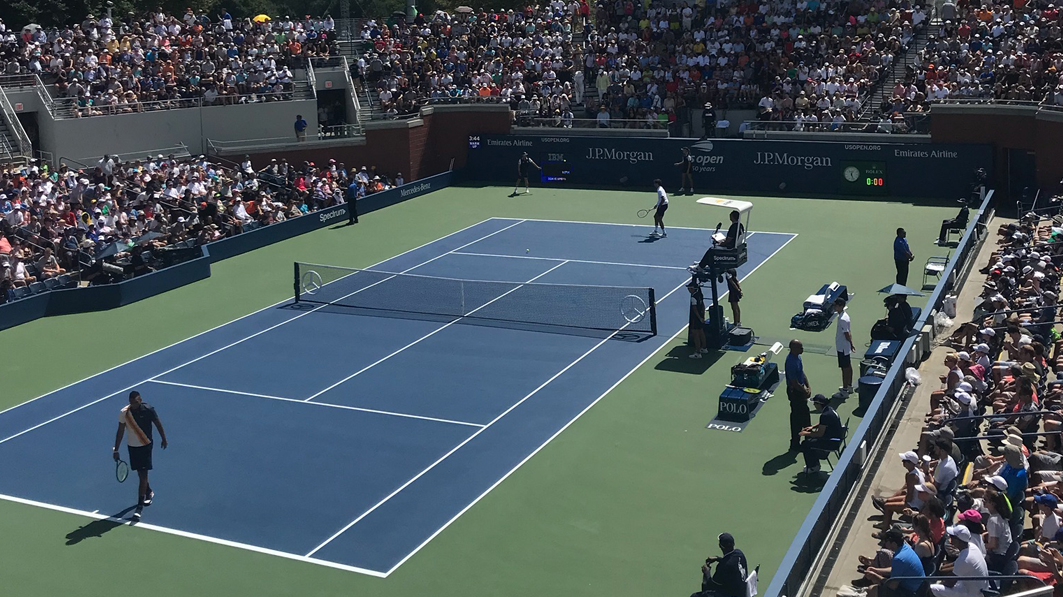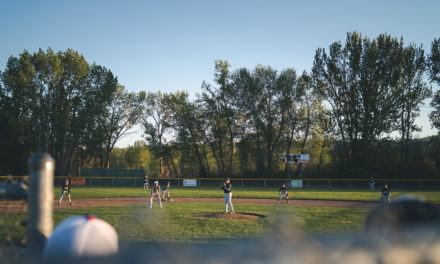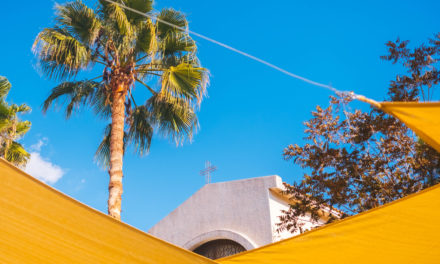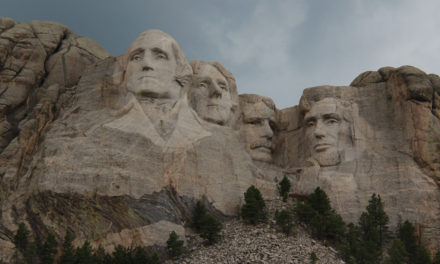I am a tennis fanatic of the first order, and have been since I was a kid. I’d like to confess that it’s because I am a great athlete in general with a special aptitude for tennis, but nothing could be further from the truth. I didn’t play high school or university tennis, but not because I wouldn’t have loved it. I knew, going in, that I was not good enough to make the team.
I took lessons as a child; I have several friends who have offered to spend hours with me on the court; I play regularly in the spring, summer, and autumn. But the gulf between being truly competitive and just enjoying the game is wide as oceans, and I am definitively in the latter camp, mostly happily. I learned to play on public courts.
When I worked in The White House, I was invited to play on the South Lawn court. Those were among the happiest early-evenings of my professional life. The pop-pop-pop of the tennis ball echoing around that hallowed court where Theodore Roosevelt and George H.W. Bush played still glows in my memory. TR was advised not to be seen playing tennis – too elite! – and as a natural and gifted athlete who had overcome asthma in defense of the strenuous life, he preferred to be seen riding horses and climbing to the South Rim of the Grand Canyon. He was a boxer at heart.
As a devotee of the Grand Slam series of tennis – the four most important professional championships of the year – we have entered into the two-week season of the U.S. Open played at the USTA Billie Jean King National Tennis Center in Flushing Meadows, New York through September 8th. The tournament was not always played there. Until the dawn of professional tennis in the late 1960s, the Open and its forerunner was always played at the famed grass-tennis-courted club in Forest Hills, Queens. I visited those hallowed grounds ten years ago; it was as if I could still hear the crowds roaring for Ashe, Laver, Budge, and Tilden.
I remember looking at the railroad tracks that, for all those years, brought Open fans from the towers of Manhattan to the leafy suburbs of Queens, redolent of a better era of the amateur.
Professional tennis has grown up, and with it has emerged the best exemplar of the game in its contemporary history, Roger Federer. Not hailing from the countries that traditionally provide the greatest tennis champions – England, Australia, France, Spain, Germany, America – Federer was born and raised in Switzerland, and I began to follow him on the junior circuit when he was barely known or watched by anyone.
I happened to see him during a now-forgotten match in the mists of late 1990s and was supremely impressed by something that superseded even his natural, gifted athleticism: his unique ability to win or lose with grace and humanity without the firecrackers and rude rawness that defined so much of the McEnroe/Connors era. It was such a refreshing contrast.
There seemed to be no bad-boy in this talented Swiss lad. Quite the opposite. He was the natural anti-McEnroe/Connors, and of course, he never would have expressed himself in that category, verbally or otherwise. Yet after the rah-rah racquet-smashing and smash-mouth tennis of the 70s and 80s, this model, charming tennis player was emerging rapidly.
As his fame grew, he was all the while reintroducing what had always been the tennis idyll – the idea of a gentleman on and off the court who never saw himself as bigger than the game. The Game was the thing — its history, its dignity, and its singular ability to be the most self-effacing of all major sports.
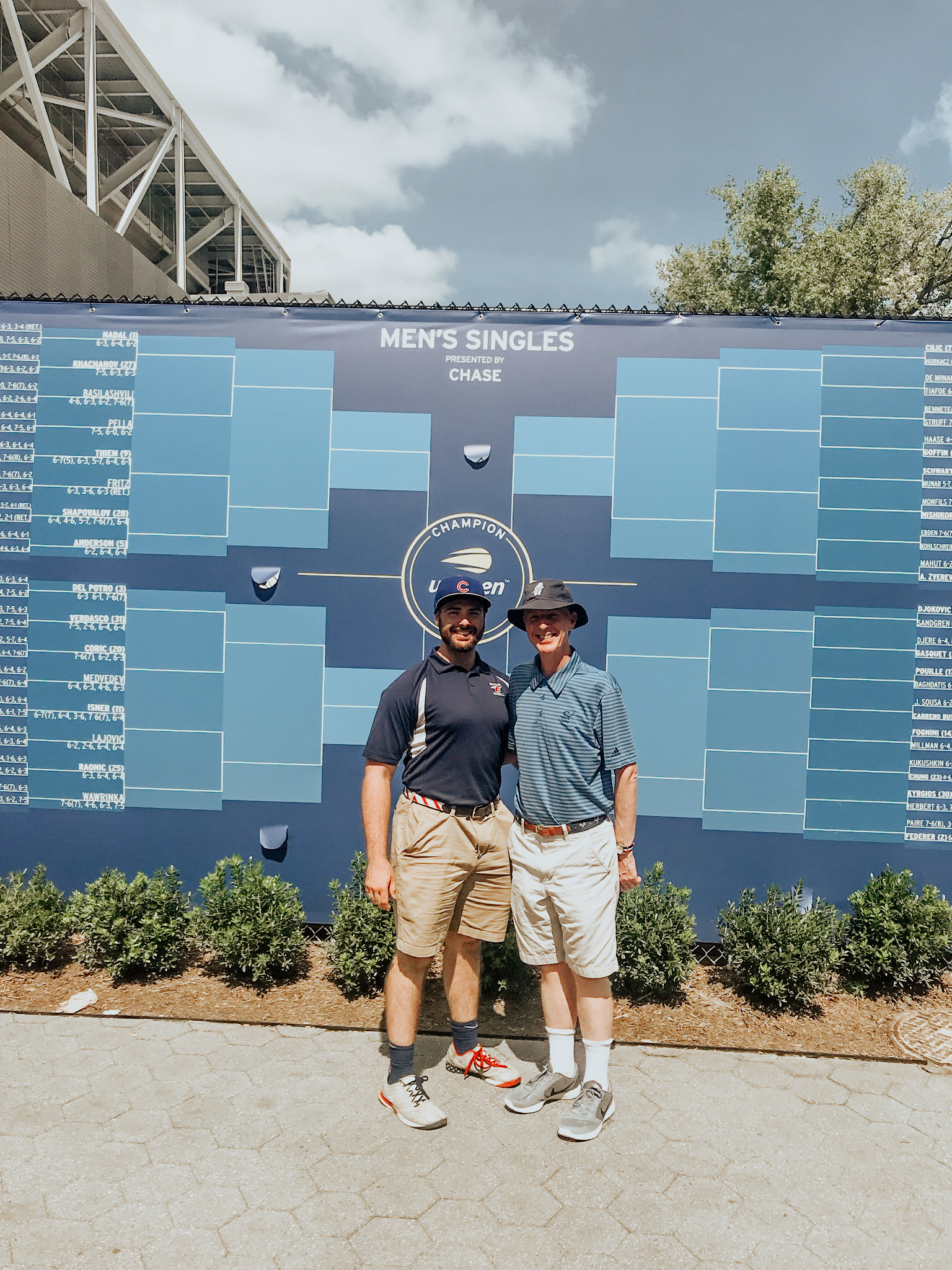
For years, American tennis at its best had been an East Coast, club-based series of matches and friendships, defined by the wearing of all-white clothing and grass courts. At it looked outward and became more democratic and popular, tennis organically lost some of its understated majesty and brio.
Federer, almost single-handedly, in his personal elegance of manner and devotion to fair play, had brought that elan back, and it will always be his greatest legacy short of his incredible win/loss record. At 38 — an age that most tennis players would have considered retiring by long ago – Federer not only plays on and on, but seems to go on winning, having lost by a cat’s whisker at Wimbledon in July.
But there is something else, and it matters deeply.
For those who know something of Federer’s personal life, one learns it is not defined by his titles and prize money and endorsements – all of which are voluminous and historic by any objective metric. He is defined rather by his deep and abiding commitment to his wife and children. In fact, Federer is the father of two sets of twins – two boys and two girls – and they travel together as a family wherever he happens to be on the globe. His parents, to whom he remains devoted, attend most of his matches.
After achieving Championship Point twice at Wimbledon, and still losing, as Federer did just weeks ago, most players would have receded into near-depression and perhaps a series of therapeutic self-help sessions. Not him.
Instead, the entire Federer family went camping. He told a reporter in New York recently that it is difficult to become self-subsumed and preoccupied by a series of what-if’s if you are with your wife and children, in a remote area, building campfires, cooking, swimming, and focusing on what really matters in life.
God’s grace takes various forms; it is expressed in ways often mysterious to its profoundest recipients. Roger Federer is both graceful on and off the court; that grace and magnanimity is at the heart of his conception of the meaning and purpose of sports at the highest level. He seems organically to always keep the big picture in mind which is a singular gift.
What a nourishing manner in which to navigate life; what a wonderful way to reveal one’s priorities away from nets and fans and trophy cases; and what a quiet and powerful and dignified way in which to show what really are the principles that define the greatest game ever played. These are the virtues that constitute a worthy and limitless legacy.

